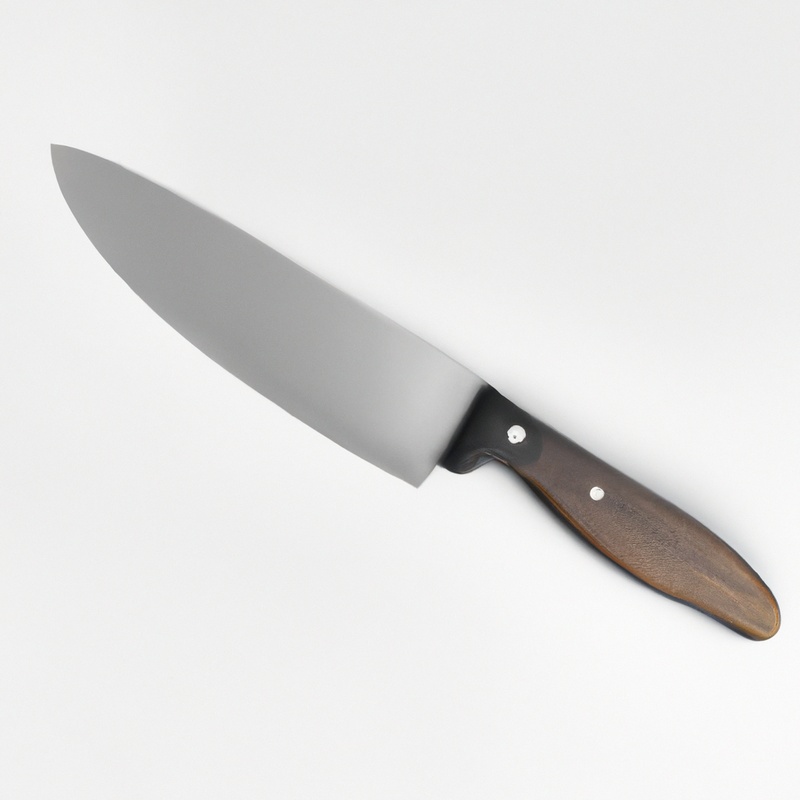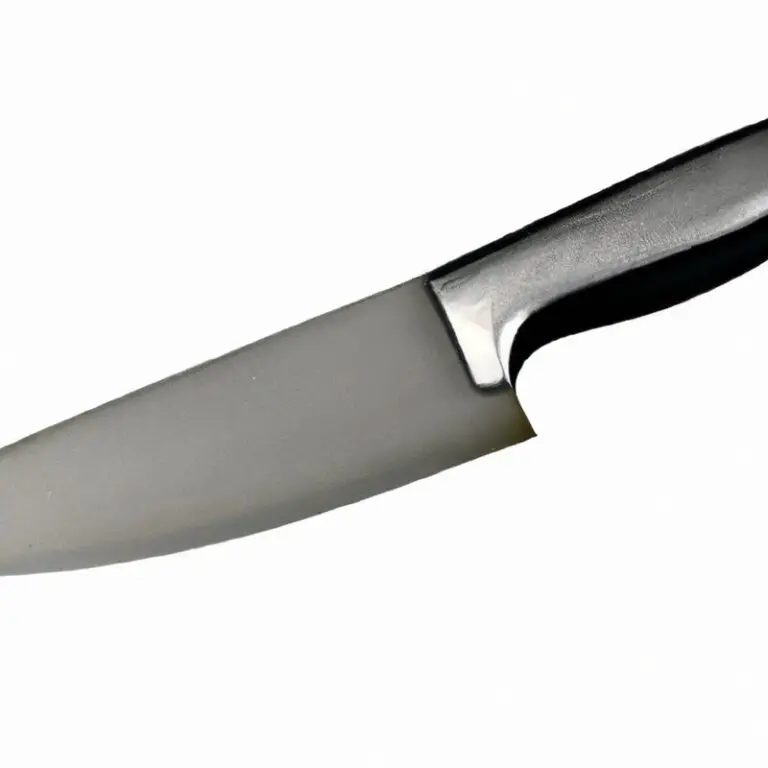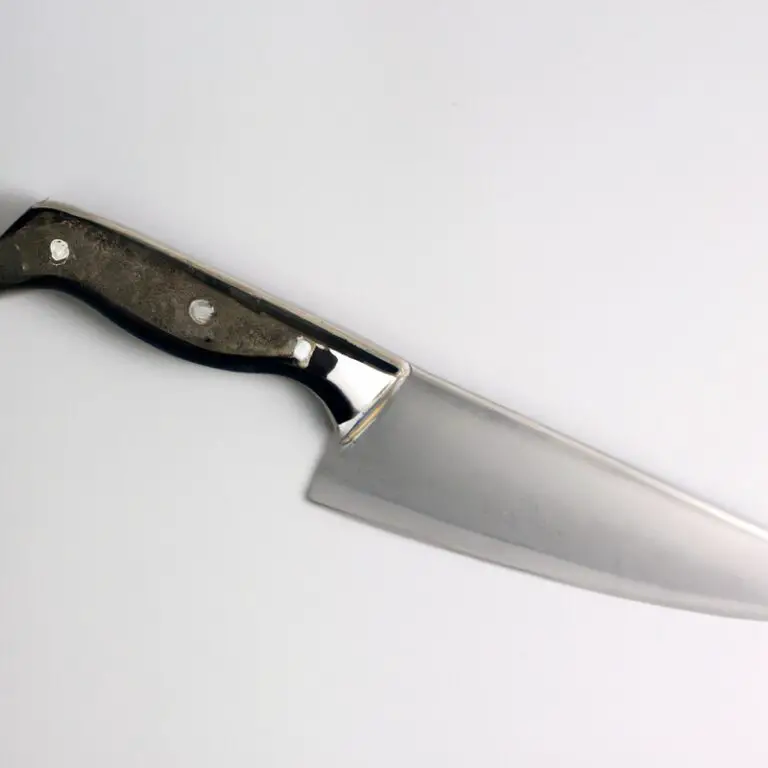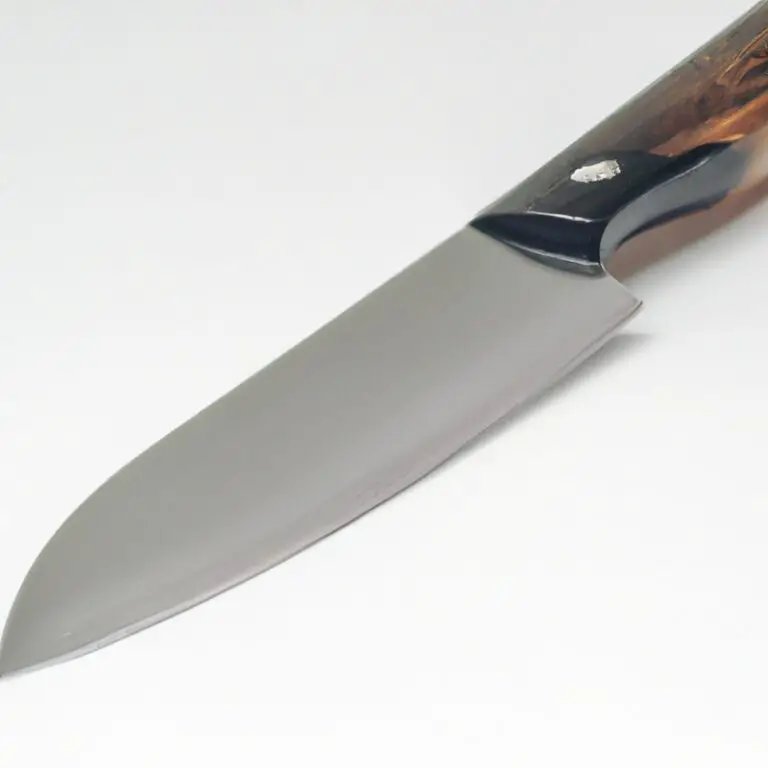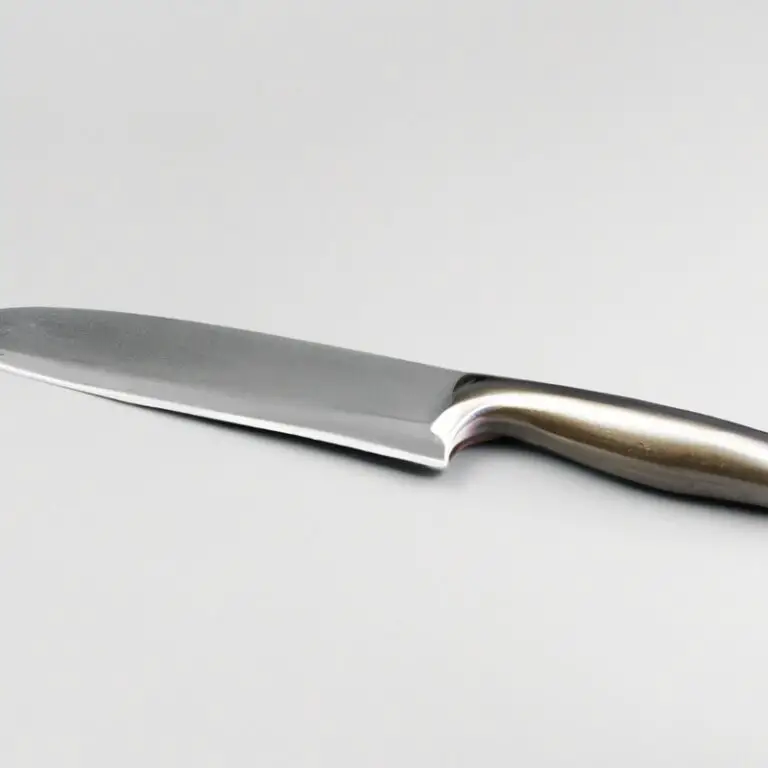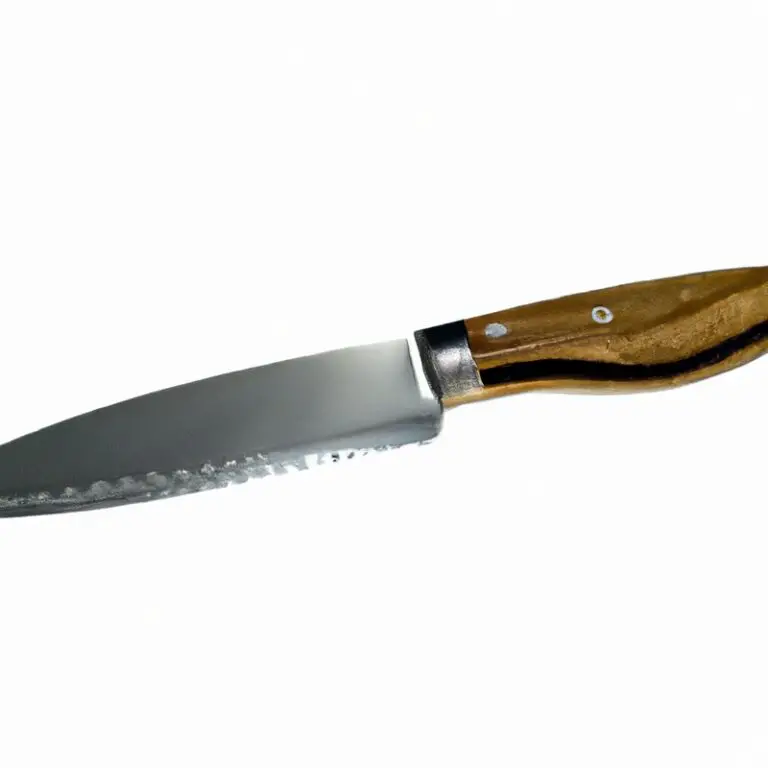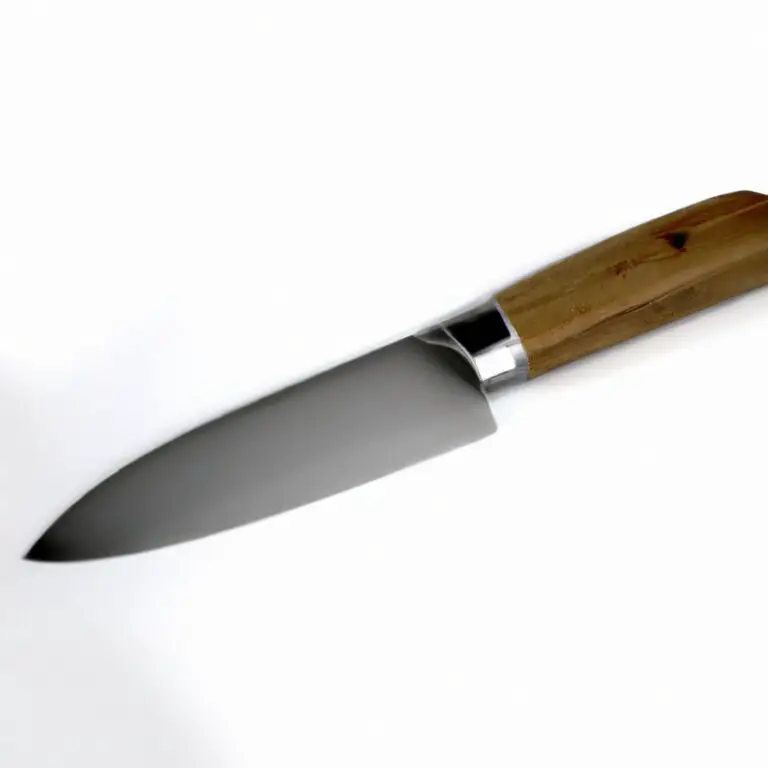How To Fillet a Cutthroat Trout Using a Fillet Knife? Expert Tips!
Key Takeaways:
- Choose a good quality fillet knife to ensure cleaner and more precise cuts when filleting a cutthroat trout.
- Proper technique and attention to detail can make all the difference when filleting a cutthroat trout, leading to a more enjoyable eating experience.
- With practice, anyone can learn to fillet a cutthroat trout like a pro, saving money and adding a new skill to their repertoire.
- Always prioritize safety when using a fillet knife, including wearing protective gloves and properly sharpening the blade to prevent accidents.
If you’re an angler, you know there are few things more satisfying than cooking and eating a fresh catch. But before you can savor that buttery, flaky cutthroat trout, you need to know how to fillet it properly.
Filleting a fish can be intimidating, but with the right tools, technique, and safety measures, it’s a skill any home cook can master.
In this guide, I’ll take you step-by-step through the process of filleting a cutthroat trout using a fillet knife. From prepping the fish to cleaning up after, you’ll have all the information you need to fillet your next catch like a pro.
| Steps | Description |
|---|---|
| Step 1 | Remove the head by cutting it off just behind the gills. |
| Step 2 | Make a cut just behind the gills and continue along the top of the fish’s spine until you reach the tail. Repeat this process on the other side. |
| Step 3 | Make a cut along the bottom of the fish’s spine, connecting the two cuts you just made. This will separate the fillet from the rest of the fish. |
| Step 4 | Using a fillet knife, cut along the skin to separate the fillet from the skin. Repeat this process on the other side. |
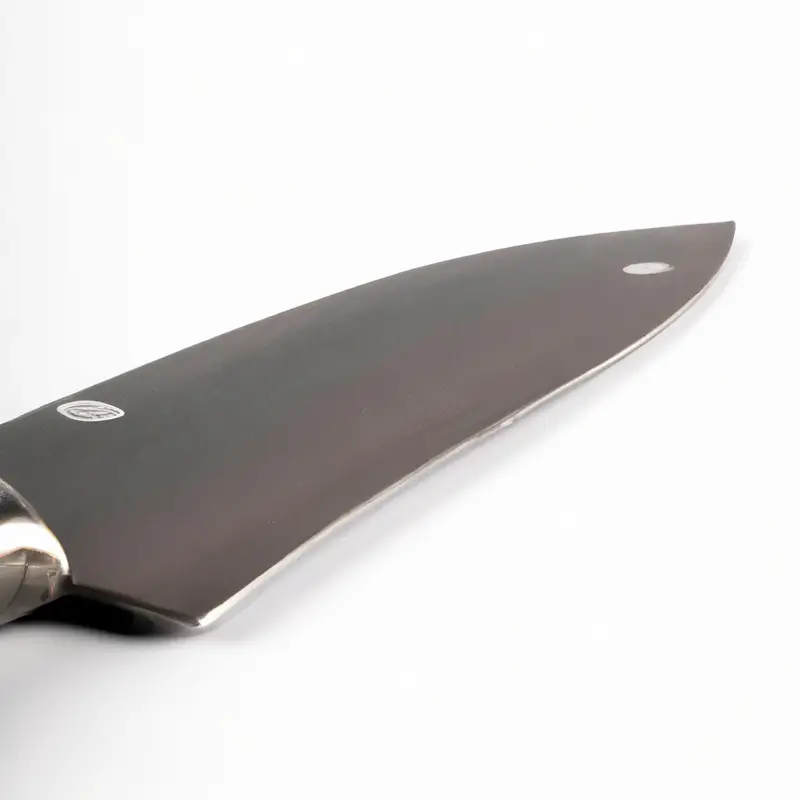
Preparing the fish before filleting
Before filleting a cutthroat trout, it is essential to prepare the fish to make the process easier, safer, and more efficient. Start by using a sharp knife or scaler to remove the scales from the skin.
Make sure to remove all scales to prevent them from getting caught in the fillet as you cut it.
Next, use a pair of pliers to remove the head and tail. This will give you more control over the fish as you fillet it and make it easier to locate the rib bones.
With a small incision, cut along the spine from head to tail, and use a fillet knife to separate the flesh from the bones.
Once you have removed the fillet, check for any remaining bones, and remove them using tweezers or needle-nose pliers. Repeat the process on the other side of the fish, and you are ready to clean up.
Remove any remaining flesh from the bones, and dispose of all waste appropriately.
With these steps, you are well on your way to preparing a delicious cutthroat trout fillet.
Choosing the right fillet knife
Choosing the right fillet knife can make all the difference in your filleting experience. A fillet knife should be sharp, flexible, and have a long, slender blade.
The length of the blade you choose will depend on the size of the fish you will be filleting.
For smaller fish, a blade around 6 inches long should suffice, while larger fish may require blades up to 11 inches in length. You also want to consider the handle of the fillet knife as a comfortable grip is important for control and precision.
Look for handles with good grip, made from materials such as rubber, plastic, or wood.
When it comes to choosing the right fillet knife, quality matters. Higher quality fillet knives may come with a higher price tag, but they can offer better performance, durability, and longevity.
Look for knives made from high-quality stainless steel with sharp-edged blades that will stay sharp for longer periods.
Before choosing a fillet knife, take the time to research and read reviews to ensure you are investing in the right tool for the job. Overall, choosing the right fillet knife will greatly enhance your filleting experience and help you achieve cleaner cuts and better results.
Basic safety guidelines
Basic safety guidelines are crucial when filleting fish with a fillet knife. Here are some important tips to keep you safe:
- Always use a sharp knife to avoid injuring yourself.
- Hold the fish firmly with a non-slippery surface.
- Keep your hands away from the blade’s path to avoid accidental cuts.
- Cut away from your body to avoid injury.
- Do not rush the process. Take your time and be cautious while handling the knife.
- Keep the knife away from children and pets.
Follow these guidelines to minimize the risk of accidents when filleting a cutthroat trout.
Removing the head and tail
To remove the head and tail of a cutthroat trout, place the fish on a flat surface with its belly facing up. Use a sharp fillet knife to make a shallow horizontal cut along the base of the head, just behind the gills.
Be careful not to cut too deeply into the flesh.
Then, use the knife to cut through the fish’s spine just below the head. Next, cut off the tail by making a straight cut through the flesh just above the tail fin.
Dispose of the head and tail appropriately.
Removing the head and tail first makes it easier to scale and fillet the fish. Now you are ready to proceed to the next step of scaling the fish.
Scaling the fish
After removing the head and tail, the next step in filleting a cutthroat trout is scaling the fish. Using a scaling tool or the back of a knife, scrape against the grain of the fish’s scales, starting from the tail and moving towards the head.
Be sure to remove all scales on both sides of the fish, as they can have a tough texture and affect the taste of the fillet.
Scaling the fish also reduces the risk of ingesting any bones that may have been hidden in the scales. After scaling, rinse the fish thoroughly with water to remove any remaining scales and debris.
Now, you are ready to continue to locating and removing the rib bones.
Locating and removing the rib bones
Locating and removing the rib bones is an essential part of filleting a cutthroat trout. Firstly, place the fish on a flat surface with the spine facing up.
Then, using a sharp fillet knife, make an incision along the rib bones, starting from the head and working downwards.
Once the cut is deep enough to expose the rib bones, use the tip of the knife to carefully scrape along the bones to remove the fillet. Next, repeat the process on the other side of the fish.
If properly executed, this process will result in a fillet that is free from any bones.
Remember to discard the rib bones, or use them for making fish stock.
Separating the skin from the meat
To separate the skin from the meat of a cutthroat trout, lay the fillet skin side-down on a flat surface. Use your fillet knife to make a small incision at the tail end of the fish, and hold the skin taut with your non-dominant hand.
Keeping the blade flat, carefully cut along the length of the fillet, separating the skin from the meat with a gentle sawing motion.
Keep the knife as close to the skin as possible, but be careful not to cut through the skin. Once you’ve removed the skin, use your fillet knife to remove any remaining small bones.
Deboning the meat
Deboning the meat is an essential step after separating the skin from the fillet. Use a pair of fine-tipped tweezers or pliers to remove any remaining pin bones.
Run your fingers over the fillet to feel for any protruding bones.
Be thorough as even small bones can ruin the taste and texture of the fish. With a little attention and patience, deboning the meat will ensure a bone-free and enjoyable dining experience.
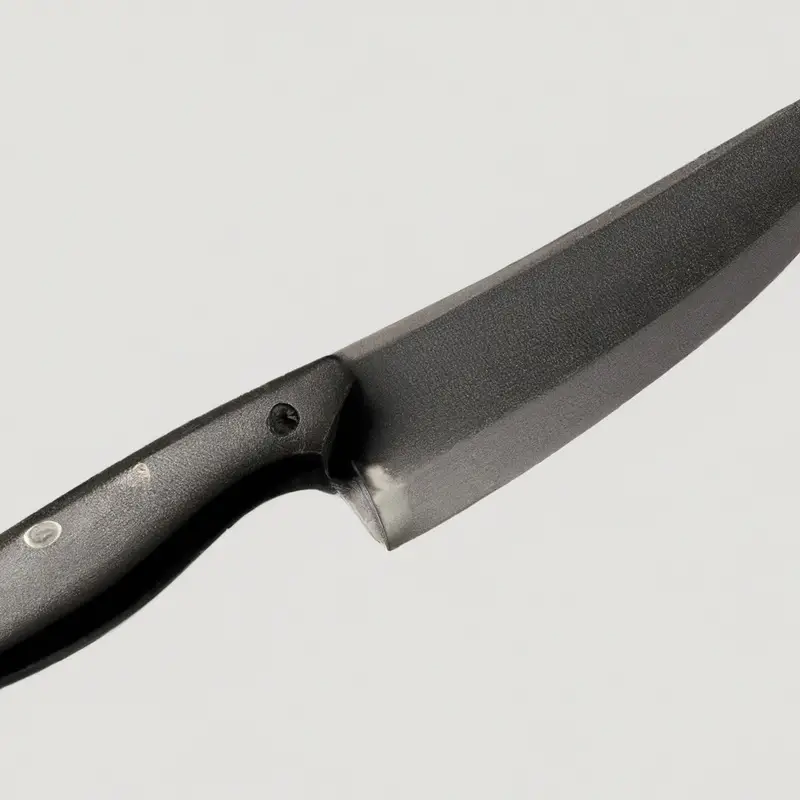
Checking for any remaining bones
After deboning the meat, it’s crucial to check for any remaining bones before cooking or serving the fish. This step ensures that no small bones are accidentally ingested, which can be dangerous and uncomfortable.
To check for remaining bones:
- Run your fingers over the meat to feel for any hard pieces.
- Use a pair of tweezers or pliers to carefully remove any bones you find.
- Shine a light over the meat to spot any difficult-to-see bones.
Take your time and double-check thoroughly. It’s better to be safe than sorry when it comes to bones in fish.
Once you’ve removed any remaining bones, your fillet is now ready to be cooked or served.
Cleaning up after filleting
Cleaning up after filleting is an essential step that ensures the safety and hygiene of your kitchen. Start by properly disposing of the fish head, tail, and any other parts you don’t intend to use.
Use a separate trash bag for the fish scraps to avoid mixing them up with other waste.
Wash all of the utensils, cutting boards, and work surfaces that came in contact with the fish using hot, soapy water. This helps to remove any remaining bacteria and fish oils that could cause an odor.
Next, dry the utensils and cutting board thoroughly with a clean towel.
Make sure there is no moisture left, or it could lead to mold growth, which produces a bad smell. Finally, disinfect all of the surface areas, utensils, and equipment with a solution of water and vinegar, which helps disinfect and eliminate odors.
Apply the solution to the surface with a clean cloth and let it sit for a few minutes before wiping it off.
By following these tips, you’ll ensure that your kitchen stays clean and hygienic after filleting a cutthroat trout using a fillet knife.
Final Verdict
Filleting a cutthroat trout using a fillet knife can seem like an intimidating process, but with the right preparation and techniques, it can be a satisfying and delicious experience. Remember to always choose the right fillet knife, follow basic safety guidelines, and properly prepare the fish before filleting.
Removing the head and tail, scaling the fish, locating and removing the rib bones, separating the skin from the meat, deboning the meat, and checking for any remaining bones are all essential steps in the filleting process.
By implementing these techniques, you will not only improve the taste and texture of your fish, but also impress your friends and family with your culinary skills. Always remember to clean up after filleting to maintain a safe and hygienic workspace.
With these principles in mind, you can confidently and expertly fillet a cutthroat trout like a pro.

